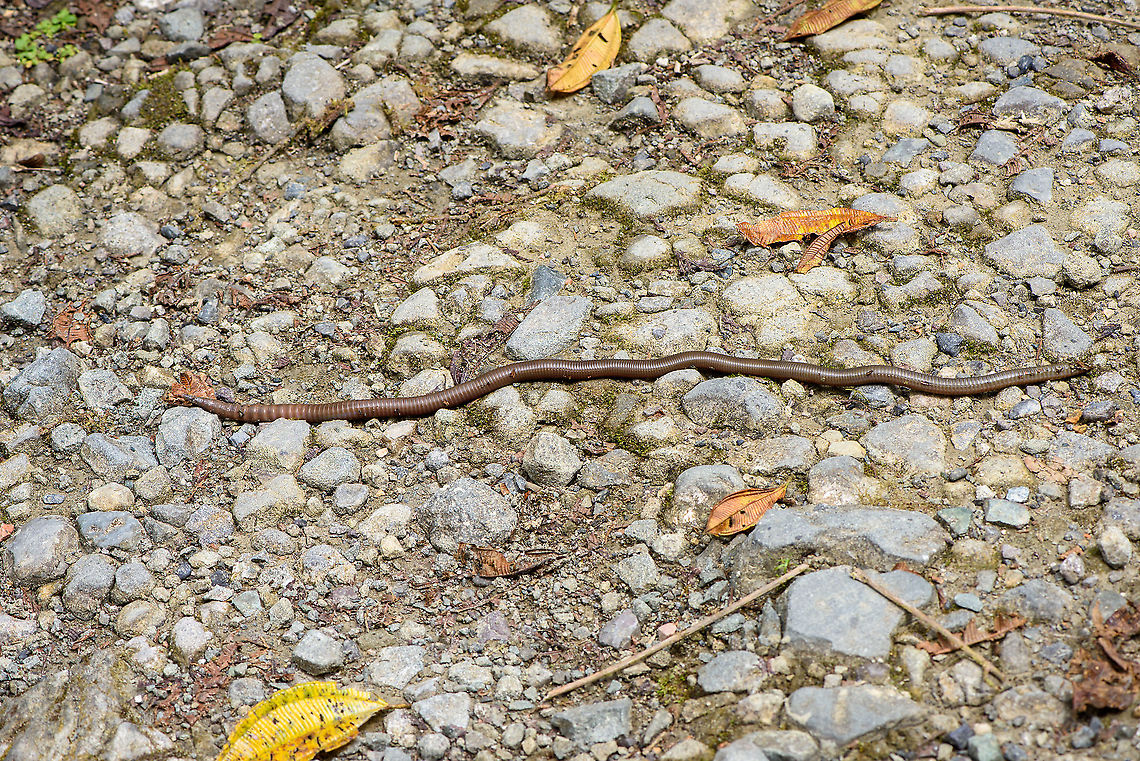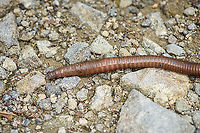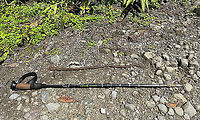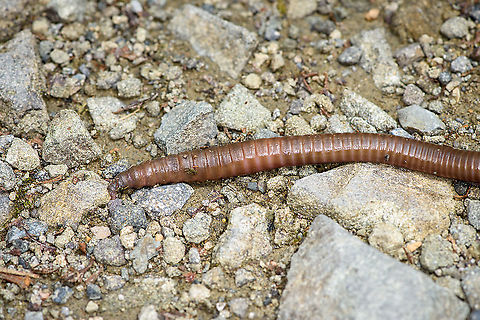 Species introCountry intro
Species introCountry intro
Giant Earth Worm (Martiodrilus crassus), Bellavista, Ecuador
We were facing a lack of birds on a wide path around Bellavista, when Henriette spiced up things with an observation that put us in disbelief. Accustomed to earth worms being about 5-7 cm as commonly found in gardens, it's quite a shock to find one at about 1m length.
This one measured between 80-100cm as it expands and contracts. Supposedly, they can grow up to 1.5m. They are described as sometimes coming out after heavy rain. Locals refer to these giant earth worms as "Otonga", yet I'm unsure if this is a group name or a species name.
I have no idea how common they are, but for sure they are rarely photographed or shared online. Most platforms show zero reports, this is all I've been able to find:
https://www.flickr.com/photos/alanharper/20317902940
https://www.flickr.com/photos/saburosan/40772623483/in/photolist-257WmsX-wXqyFo




comments (9)
https://www.valcucine.com/magazine/en/2009/01/bioforests-operation-otonga/ Posted 3 years ago